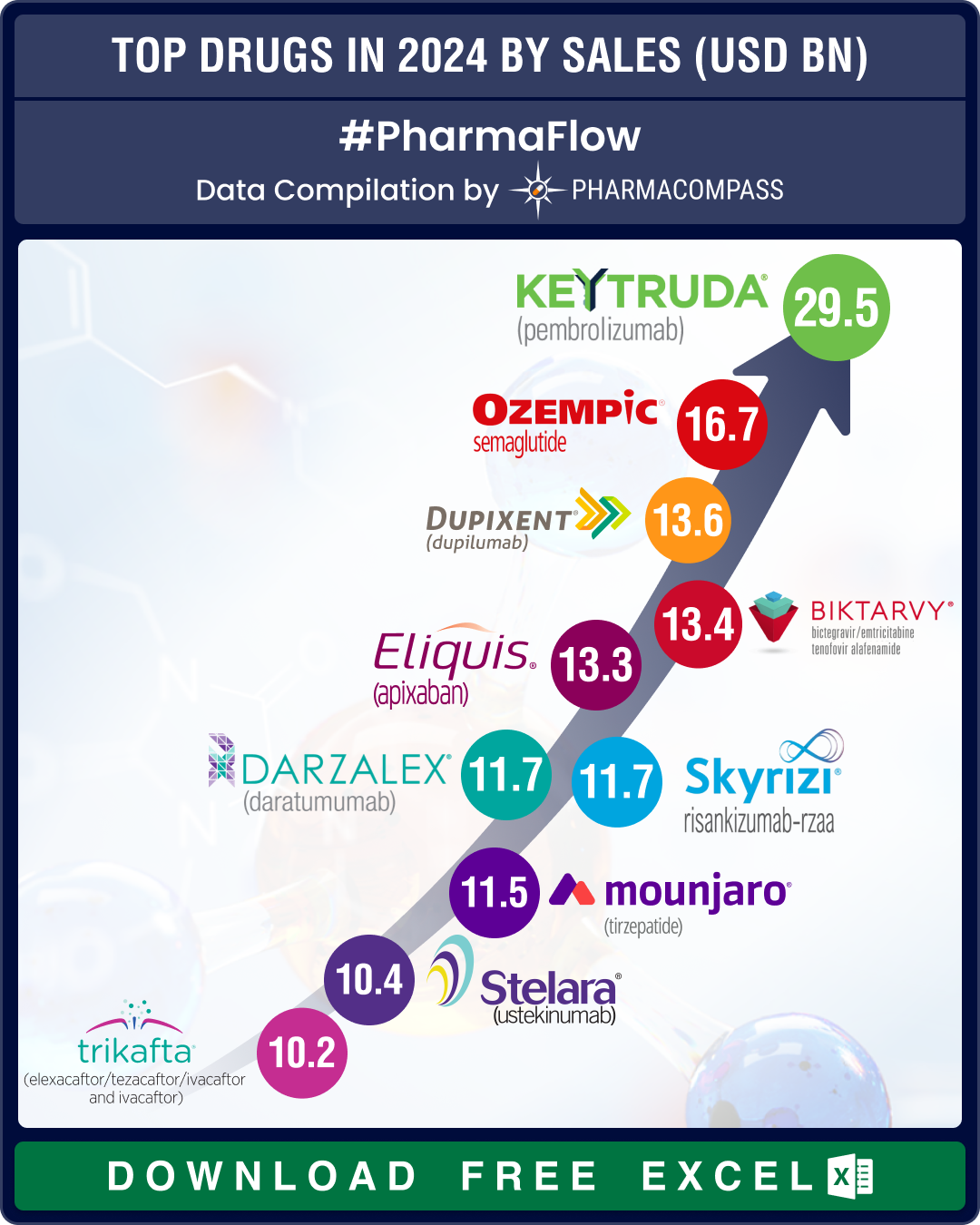
Six weeks ago, Sun Pharma finally closed the multi-billion dollar Ranbaxy acquisition and inherited the compliance troubles, which plagued Ranbaxy's previous owner, Japanese pharma giant, Daiichi-Sankyo.
As the industry eagerly watches Sun Pharma's transformation of Ranbaxy, the appointment of Jila Breeze, as their new Senior Vice-President, Global Head Quality & Compliance in February 2015, does come as a bit of a surprise.
Sun Pharma, historically, has been an organization where senior management has worked with founder Dilip Shanghavi for decades. Vipul Doshi, Sun's previous Executive Vice-President for Quality and Regulatory was no different.
However, in November 2014, he suddenly left Sun to join arch-rival Zydus Cadila as President Corporate Quality. The timing coincided with an article in the Financial Express, which raised concerns about Sun’s recent FDA inspections, as it said "Sun Pharma didn’t have corrective plan to address issues behind recalls: USFDA".
Sun's Halol plant (Gujarat, India), which accounts for about 20-25% of Sun’s profits, underwent a USFDA inspection in September 2014. Credit Suisse provided their assessment of the USFDA Form 483 observations, where they concluded “the chances of an import alert are low. However, there are several procedural issues where resolution could take time and until then, approvals could be blocked possibly".
Mr Uday Shetty’s Drug Regulations blog, when sharing his observations at the Halol plant highlighted data integrity concerns, which differed from the Credit Suisse assessment that there were “no data integrity issues”.
We reached out to Barbara Unger, President of Unger Consulting and former Director, Corporate Quality Compliance at Amgen for her views on the potential inspection outcome of the Halol inspection.
Here is her assessment:
“Sun Pharmaceuticals has its own collection of GMP compliance issues, even in the absence of taking on those which come with the purchase of Ranbaxy.
When FDA issues a form 483 that is this lengthy, that is never a positive sign. They have also inspected multiple Sun sites, which suggests they may be trying to determine whether the deficiencies that resulted in the warning letter they issued in May 2014 (Sun Pharma’s Vadodara, Gujarat, India site) are common at multiple sites owned by Sun.
Using the paraphrased inspection observations from Mr. Shetty, these are the type of observations that have led to warning letters in the past. In addition, at least two of the three inspectors (Arista and Patel) are associated with warning letters issued to firms in India, including ones owned by companies outside of India.
My experience differs with the Credit Suisse statement that FDA takes 2-3 months to resolve a form 483 and its response. For example, the Sun Pharma site (Vadodara, Gujarat, India) that received a warning letter on May 7, 2014 was based on an inspection ending Nov 16, 2013. The import alert was put in place on March 12, 2014 prior to the warning letter. Both enforcement actions occurred outside of the 2-3 month window described in the Credit Suisse report.
Even in the absence of a warning letter, the FDA is clearly sending a message through all its actions. However, FDA as with all regulators, is in the difficult position of having to balance the compliance and potential safety concerns with the potential public health risks, that may result from drug shortages in their decision to take the additional enforcement action of an import alert or warning letter.
FDA does have the option of issuing an ‘untitled letter’ for the deficiencies and requiring specific actions for their resolution. FDA did this within the past 2 years for one of the Hospira sites in India. In my opinion, the text was similar to many warning letters, but these have the advantage of not being published in the list of warning letters on the FDA website.
Time will tell on whether additional enforcement actions are taken, but an inspection with this many observations is never an encouraging sign”.
Our view: Jila Breeze, clearly has her work cut out in her new assignment. Her previous roles at Apotex and Novartis’ OTC division, which received their share of warning letters (Novartis Consumer Health & Apotex), should be certainly invaluable.
Sun Pharma will need it, especially when we know that two weeks ago, Daiichi’s decided to sell their entire stake in Sun Pharma and that Dilip Shanghavi, India's richest man and Sun’s owner chose not to buy it. This raises many more questions on the future of the quality transformation of Sun Pharma & Ranbaxy.
The PharmaCompass Newsletter – Sign Up, Stay Ahead
Feedback, help us to improve. Click here
Image Credit : Raining Cats and Dogs by David Blackwell is licensed under CC BY 2.0
“ The article is based on the information available in public and which the author believes to be true. The author is not disseminating any information, which the author believes or knows, is confidential or in conflict with the privacy of any person. The views expressed or information supplied through this article is mere opinion and observation of the author. The author does not intend to defame, insult or, cause loss or damage to anyone, in any manner, through this article.”






